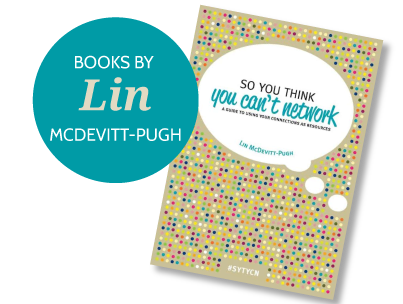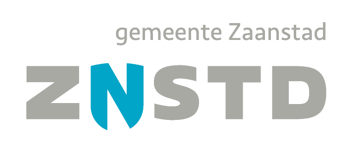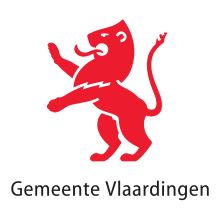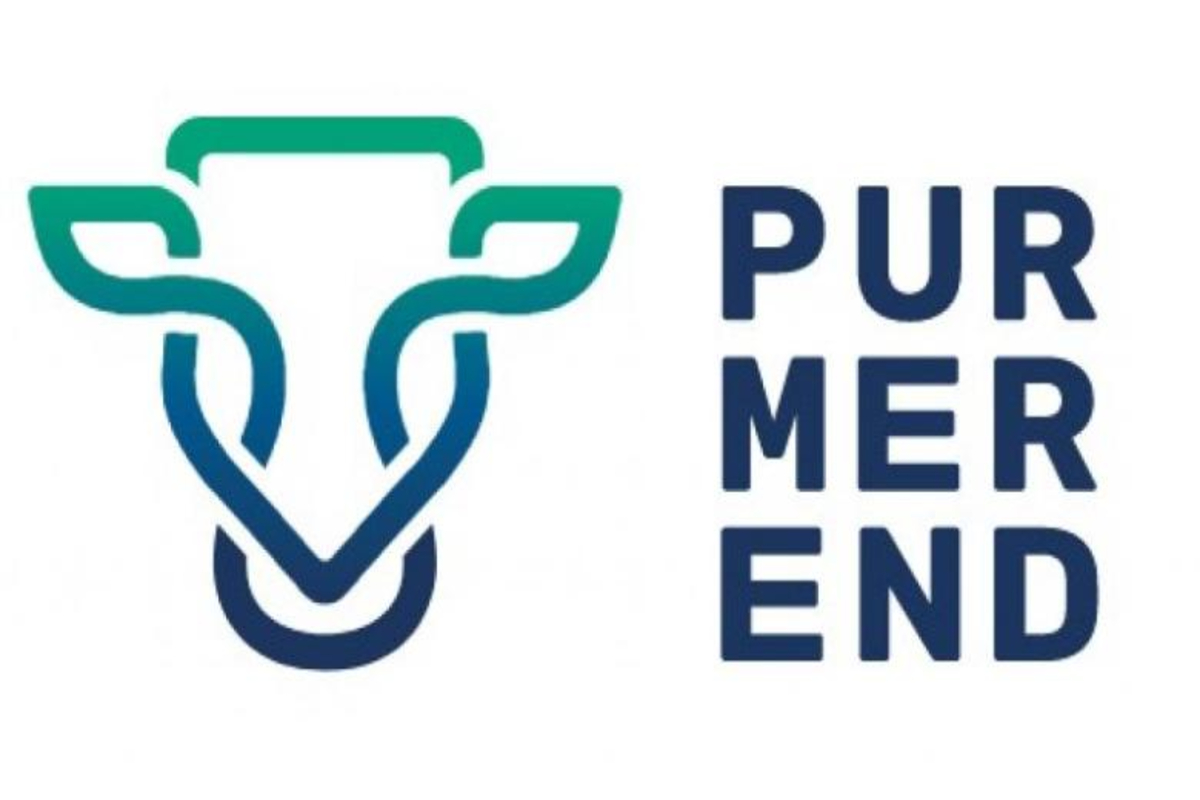August 2016. We park the Passat and walk into the corrugated iron reception room of the Jabiru camping ground. Classic outback materials, modern lines.
“We have booked a bungalow,” my brother addresses the owners.
“Name?”
“Pugh”.
“Dave?” she asks.
We are in the Kakadu National Park in the far north of Australia’s Northern Territory and Kakadu has internet. For forty years Kakadu has been a powerful word for me. It conjures up beauty, sacred land, uranium mining and aboriginal land rights. Not modernity. Certainly not internet. What new surprises will I have out here, I wonder as we take the key and sign the papers for our overnight stay.
A couple of hours later my brother and I are sitting on a jagged surface at Ubirr, an imposing rock formation jutting out of its own great flat wetland, thirty or forty minutes from our bungalow. We have come to watch the sunset and to see the ancient rock art painted not by a people that lived here thousands of years ago but by a people that has lived here for thousands of years.. From our perch high on the rock, in the hushed silence of the company of at least 100 other visitors, we sit and watch the big ball of yellow sun drop lower and lower. The colours of the wetlands below us change, deepen and dance into a lusciousness. As the shadows fall the pandanus trees, their spiky bulk of long leaves atop their skinny stems, start to look like people sitting around a campfire; one was stretching to stand up. And then all attention is on the horizon, the dark land below, the round and vibrant sun about to splash into oblivion, the sky red. And I realise that flag of Aboriginal Australians is not abstract. It is what people have seen for thousands of years before going to bed in their place in Australia. Black, red and a ball of bright yellow between.
We are all very quiet, going back down the hill.
Back at the bungalo, Dave and I set our alarms for early morning, hours before sunrise.
“How much time do you think we need to get to Yellow Water in the morning?” Dave had asked the owners of our camping ground on our arrival. Apart from the Cooinda Lodge, the Jabiru camping ground is the closest accommodation to Yellow Water billabong on the South Alligator River, where we will take an early morning river cruise.
“Leave at least 35 minutes” the man had said, “But drive slowly. A couple from Melbourne was in here the other day and their 4-wheel drive was wrecked when they hit a wild buffalo. They had to get a friend to come down from Darwin to tow their caravan. No idea how they got their caravan back to Melbourne after that.”
Dave decides to take 55 minutes. He doesn’t want to hurtle along the unlit road in the dark.
We arrive with no time to spare and in no rush and park at the Cooindra Lodge and move over to the group of German tourists about to board the bus to the boat. A 10-minute ride brings us to the floating walkway, built to deal with the often rapid changing water levels at the billabong, depending on whether it is the rainy or the dry season. Dave and I step into one of the four flat-bottomed boats and are welcomed by our guide, an Aboriginal man who has been taught traditional knowledge by Kakadu elders. A mist is rising from the flat waters and all around we hear birds and the quiet voices of our fellow-tourists. For ninety minutes Dave and I are saturated in beauty and stories. We see a few crocodiles and don’t see the other 240 crocodiles that live here. We see gaggles of whispering ducks, and are shown the grand Jabiru birds that are native to this area. We glide past the lily pads that are home to the tiny Jacana birds that walk on water. As if it were a vast oil painting we see pairs of eagles in the distance and wild horses and a wild buffalo close by. We spot four of the five members of the kingfisher family that live here, as our guide nimbly angles the boat up and across the billabong while directing our gaze into the rich foliage above us. “I just want to point out that this is the wild”, our guide said. “This is not a zoo, this is real.” He added, “I want to acknowledge our tribal leaders. They were offered millions of dollars to let the uranium mining company come in here and ruin all of this. They said no. This is our home and this is our heritage and they refused to sell it. It is ours to protect for generations to come.”
Hearing this sentence, this one sentence, I know this is why I am here. The deep peace of the billabong, the stories, the beauty, cover me. I am part of this story, I think to myself. I am part of this place and this place has everything to do with the past forty years of my life. It is why I live in the Netherlands. It is why I continue to believe that if something is worth defending, or transforming, I want to be part of the transformation.
Kakadu burst into my imagination in flashes of glorious photography and painful stories in 1976. The rock art, the birds, the crocodiles, the trees, the rivers, the wetlands. I also learned about Guratba – “sickness country” to the local Jawoyn tribe – where the Rainbow Serpent lives. According to the Jawoyn, if you disturb the snake all manner of evil will be let loose. Nearby Burrunggui is home to rock art dating back at least 50,000 years.
Neither David Attenborough nor the National Geographic nor Tourism Australia brought the images to my attention, the traditional owners did. They reached out to the environmental movement in urban Australia to work with them to save this place from being consumed by uranium mining. The Aboriginal Land Rights Bill was not yet enacted and I felt personally called on to support the traditional owners in their efforts to stop the mining giant Rio Tinto Zinc from destroying all they held dear.
Churches, trade unions, environmentalists, the Aboriginal Land Rights movement, we all cooperated to stop Rio Tinto Zinc and Energy Resources of Australia mining uranium in Kakadu. I was on the steering committee of the Movement Against Uranium Mining and after the visit of German Green Party founder and anti-nuclear activist Petra Kelly in 1977 we founded Women Against Nuclear Energy. We felt connected to the European anti-nuclear movement but not sufficiently communicating to have a meaningful exchange. Petra invited me to get in touch with her when I visited my sister later that year in Brussels, and offered to introduce me to leaders of the anti-nuclear movement in Europe. I took her up on that and spent months traveling Europe meeting up with people working to stop the construction of nuclear facilities in their back yards.
In February 1978 Petra and I attended the founding meeting of the World Information Service on Energy in Amsterdam, where I accepted the invitation to help set up the office of WISE in Amsterdam. I was given the opportunity to create an international network of activists, many of whom were indigenous people, to stop uranium mining. This enabled me to connect the Australians working to stop uranium mining with their colleagues in Europe and the world who didn’t want the stuff polluting their environments. Meanwhile I fell in love in Amsterdam and stayed. We have a son, a grandson and one on the way.
Landowners did sign away the Ranger mine, and Nabarlek, in the Kakadu area. I hear from people I meet in Darwin that they were put under considerable pressure and there was a lot of alcohol involved – and a lot of shame and death after the fact. In 1983 the Australian (Labour) government introduced the “three mine policy” – only these two mines and Olympic Dam in South Australia would operate – a policy that lasted till 2001.
And landowners won the right to determine what happens on their lands. Dave and I traveled in the area on a permit issued by the Northern Land Council, citing the Aboriginal Land Act 1980, permitting us to enter & remain on Aboriginal land or seas adjoining Aboriginal Land, only for tourism purposes and to visit the Injalak Arts and Crafts Centre. Our permit number is 10863.
During the presentation of my book So You Think You Can’t Network (2016) in Darwin, the day after our visit to Kakadu, I realise I have come full circle. This is the Kakadu I left Australia for, and it is well.
Lin McDevitt-Pugh
Our clients



















